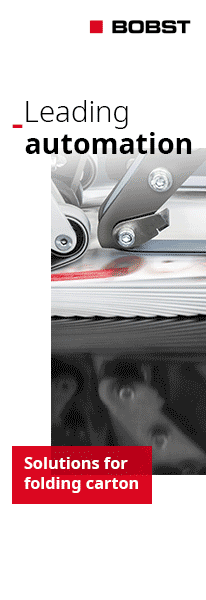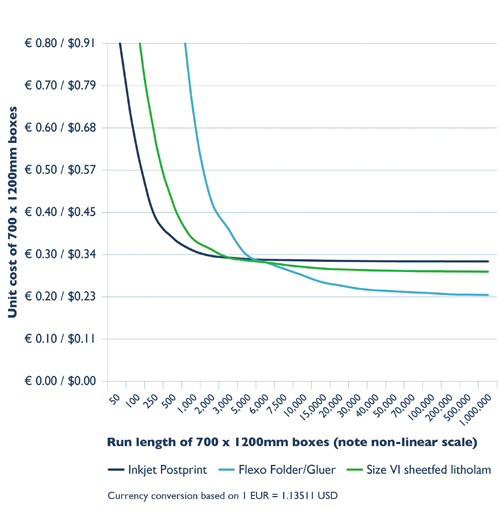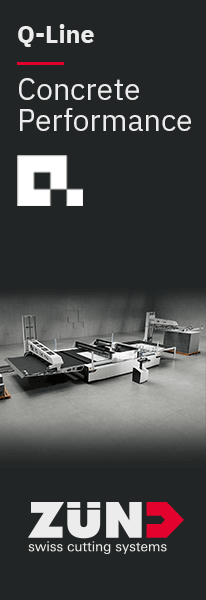If you are a corrugated converter wanting to know the answer to this topical question, download the latest White Paper from Domino Digital Printing Solutions.
Written by Dr Sean Smyth, this White Paper examines the latest corrugated industry trends and is designed to inform corrugated converters about the new capabilities provided by the latest technology developments in printing and finishing.
As consumption of corrugated packaging continues to grow across the world to cope with the increased demands from brands and retailers, in response to the latest consumer preferences and the continued growth in e-commerce, printing production efficiency becomes ever more important.
This White Paper looks at the different print technologies available explaining how converters select the most appropriate print technology depending on their work mix with flexo, gravure and litho-lam being increasingly challenged by inkjet technology. It looks at the drivers and trends impacting packaging including growing sustainability concerns, with all companies looking at ways to reduce their environmental impact.
Smyth says, “Inkjet is the fastest growing technology used to print corrugated packaging. It complements flexo and litho in a corrugated plant by reducing the number of flexo or litho set-ups, letting those presses print the longest runs, thereby boosting the overall effectiveness of the operation. And it opens new opportunities for innovation, creating new business streams.”
The White Paper looks at the TCO using a cost model to compare the cost of producing corrugated boxes using inkjet post-print, flexo folder-gluer and litho-lam enabling the economic crossover point to be determined (see chart below).
Finn MacDonald, President of Independent II, the first user of the Domino X630i in the United States, remarks, “It takes one to three business days to receive and mount flexo plates, and over 15 days to source and laminate litho sheets. With inkjet, it is easier to produce jobs with multiple versions. There is both demand and plenty of room to educate and inspire the Customer to consider versioning. The visual and functional benefits of versioning and digital flexibility are dynamic to say the least. Customers who benefit from this are ‘customers for life’.”
So, if you are a corrugated converter looking to make your production plant more efficient while also saving you time, cost and reducing waste, download this White Paper.




